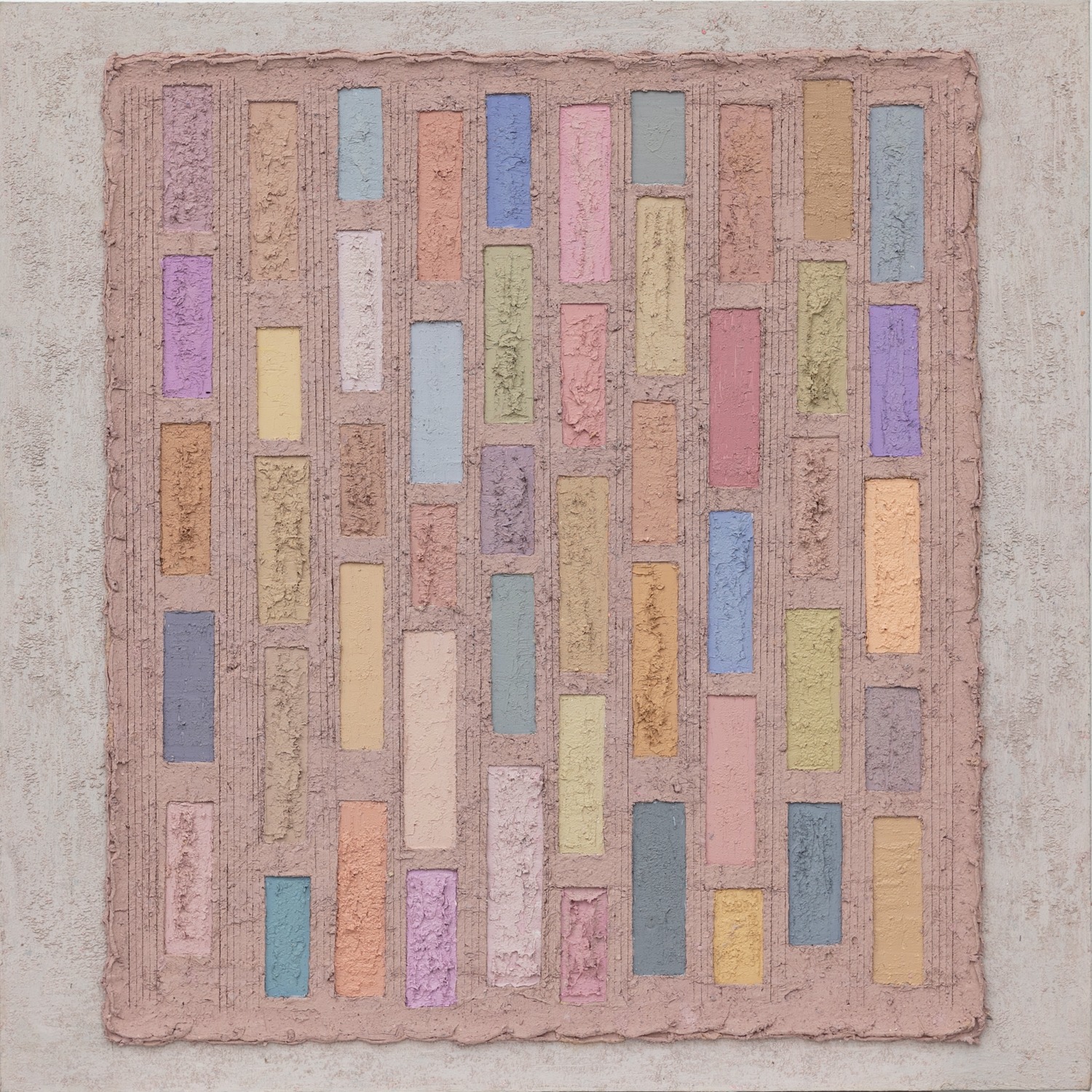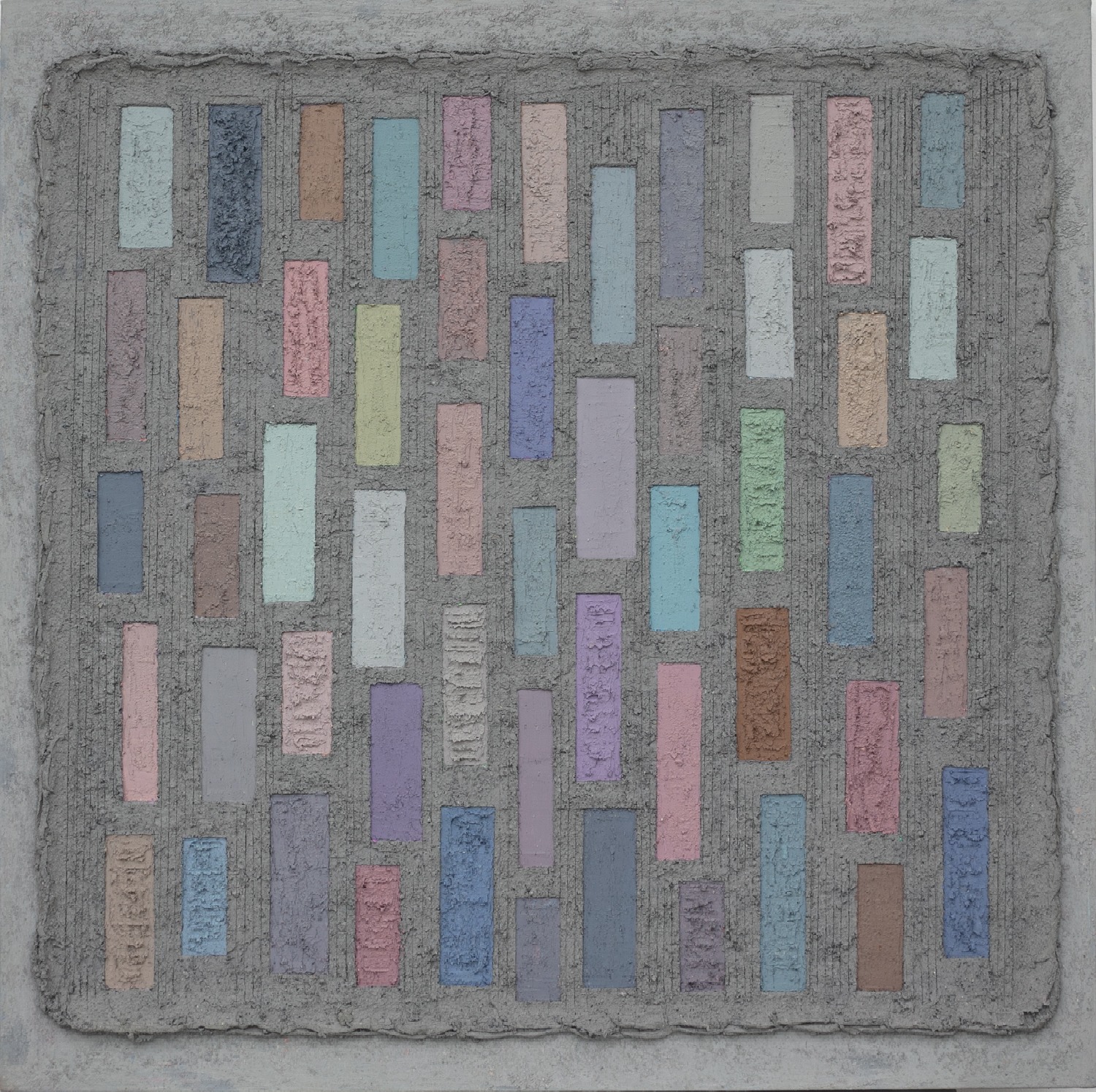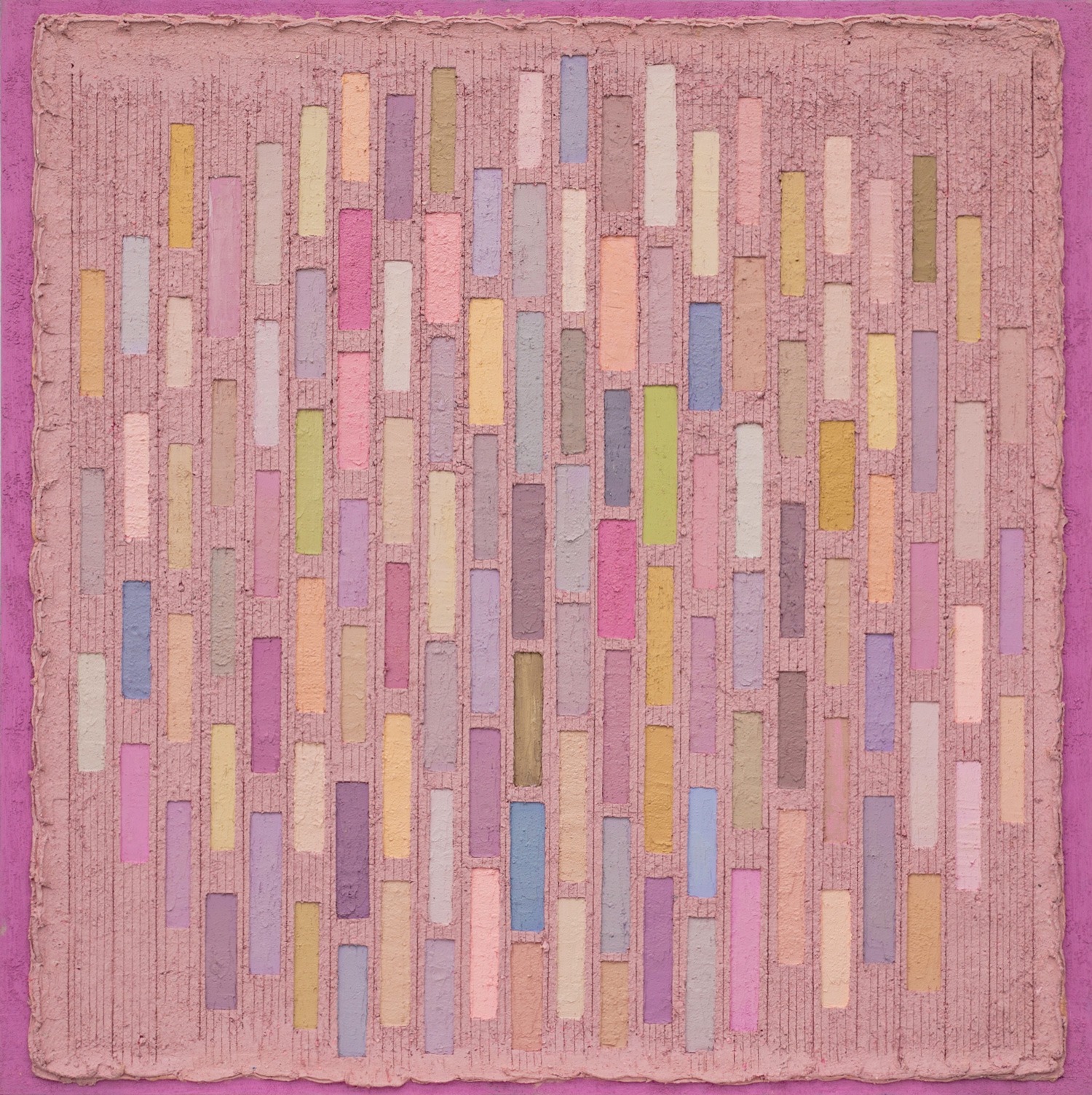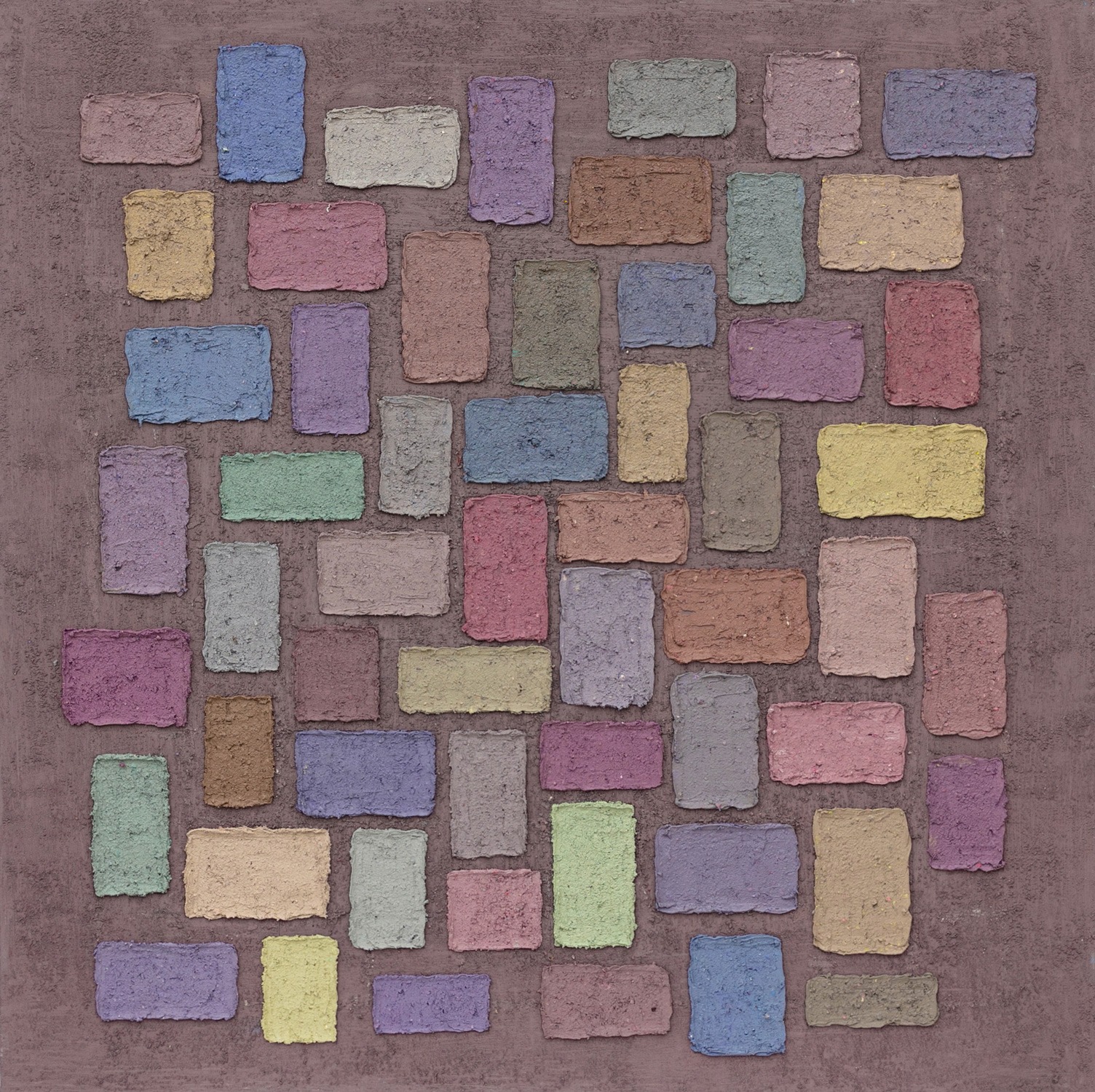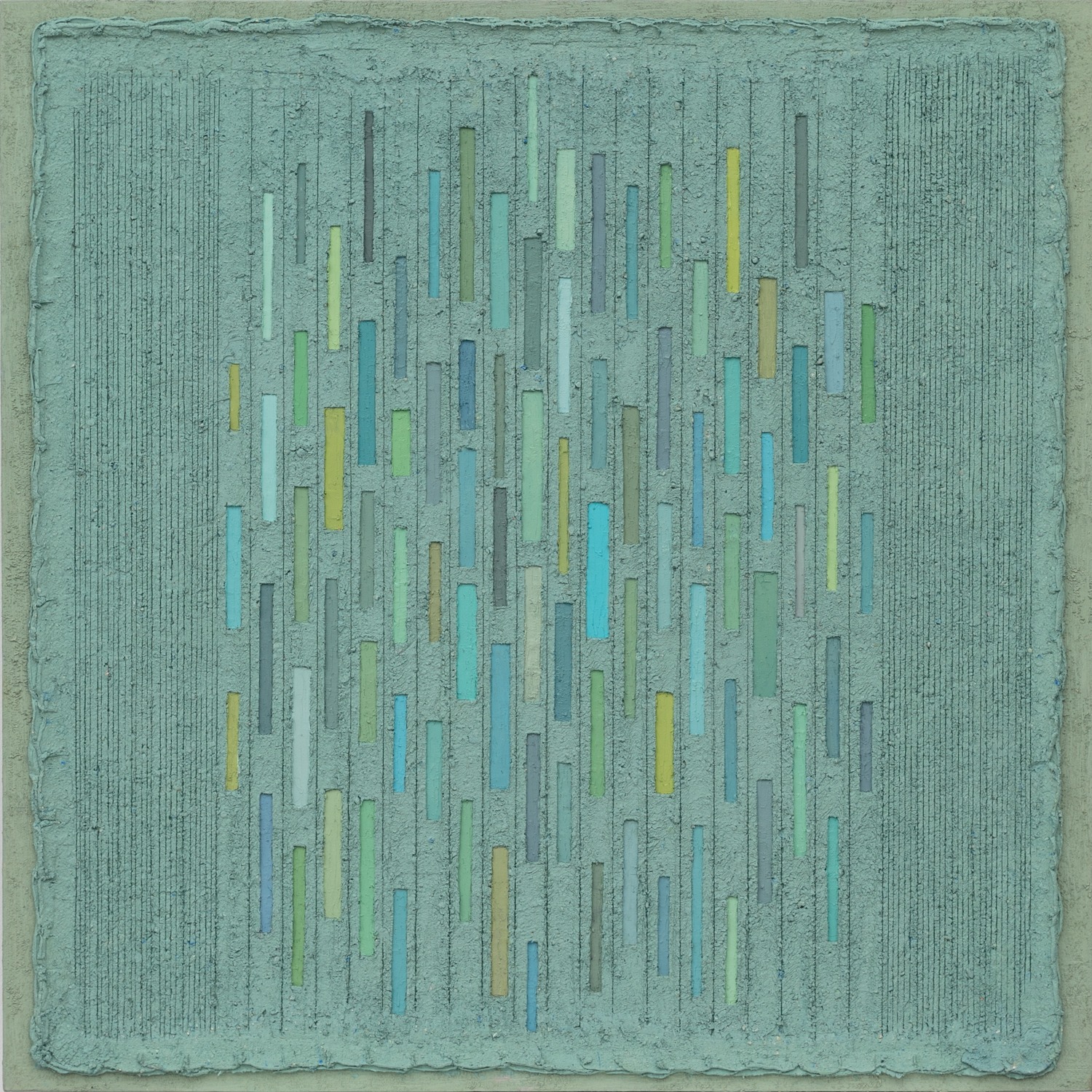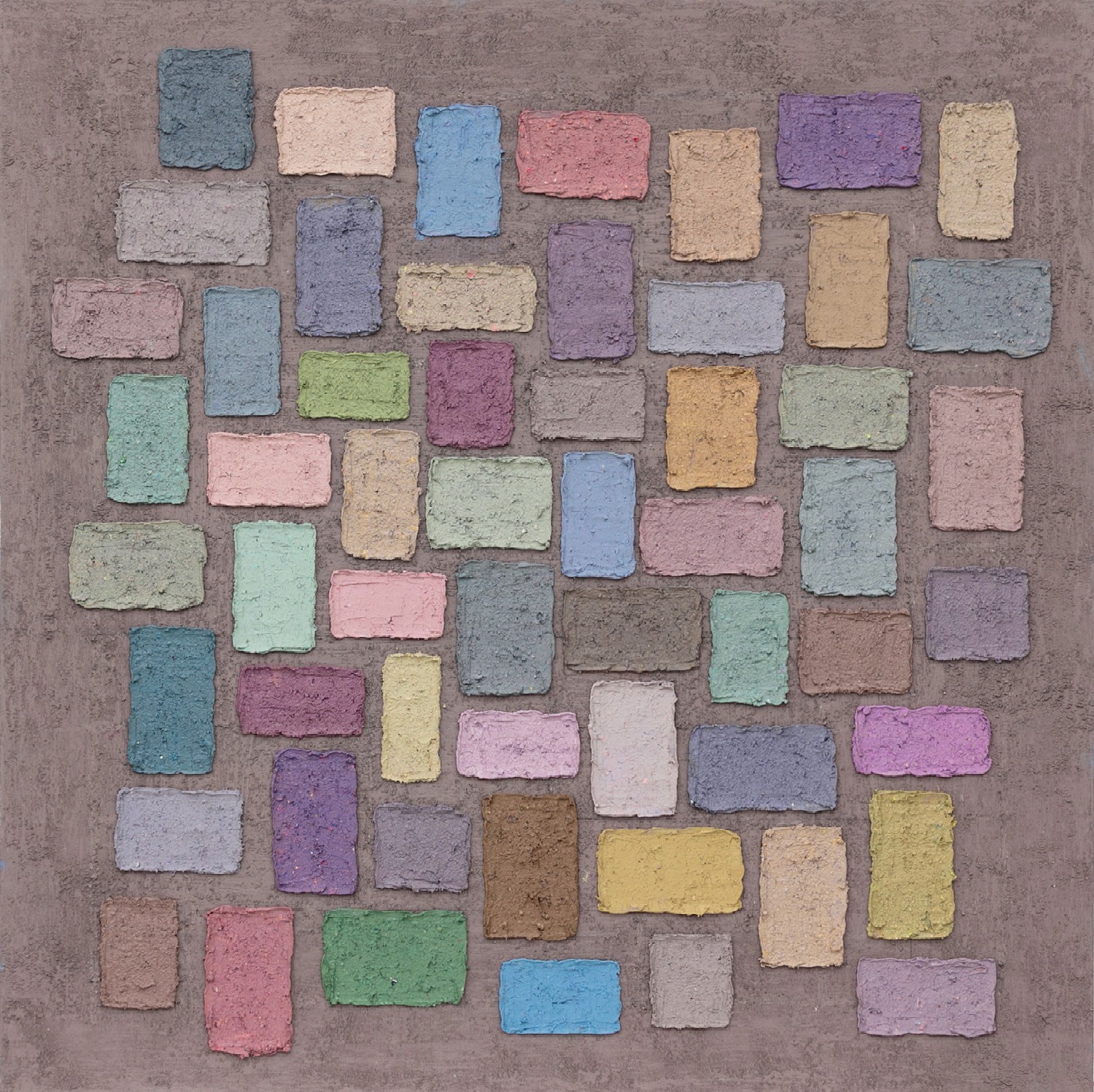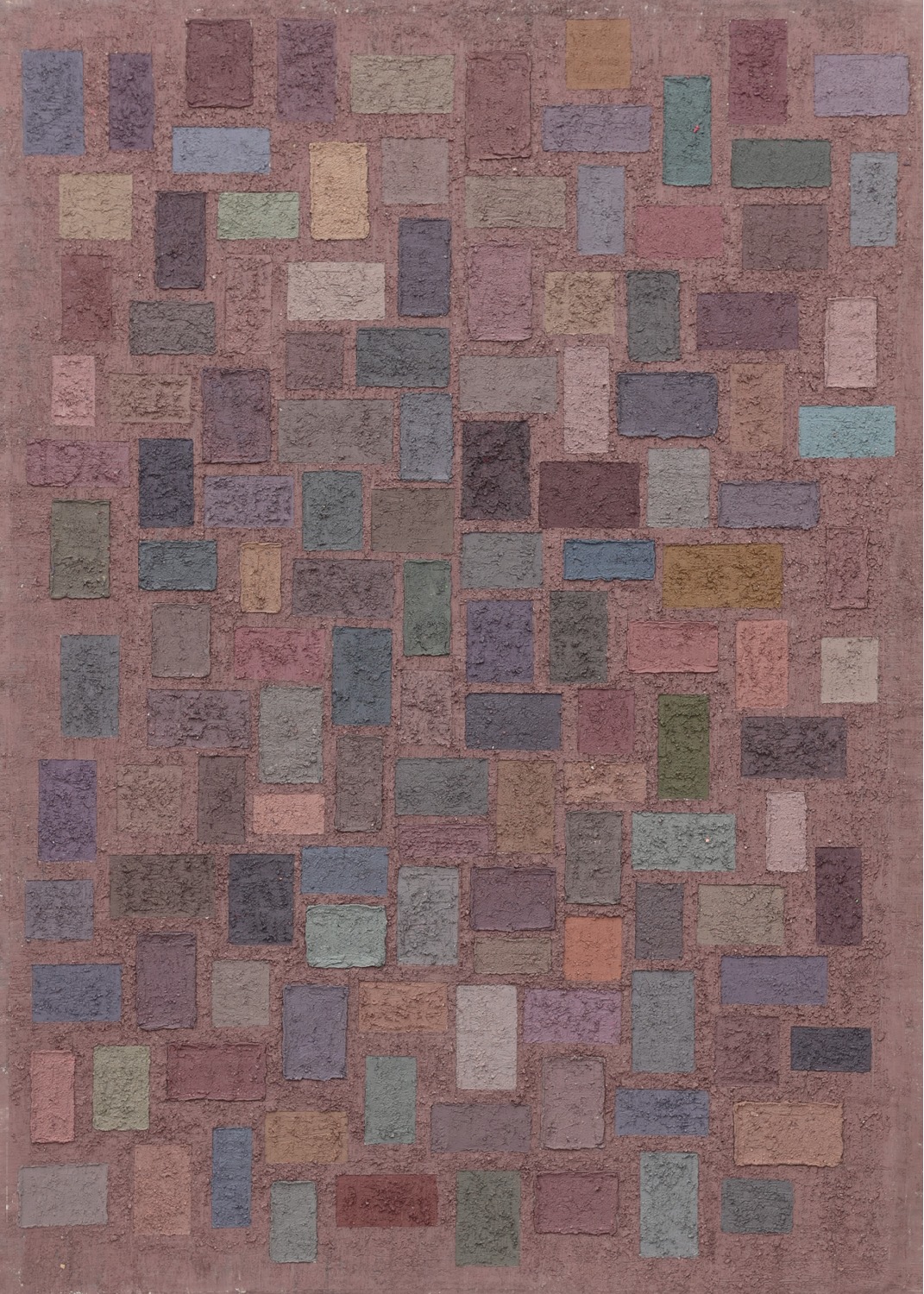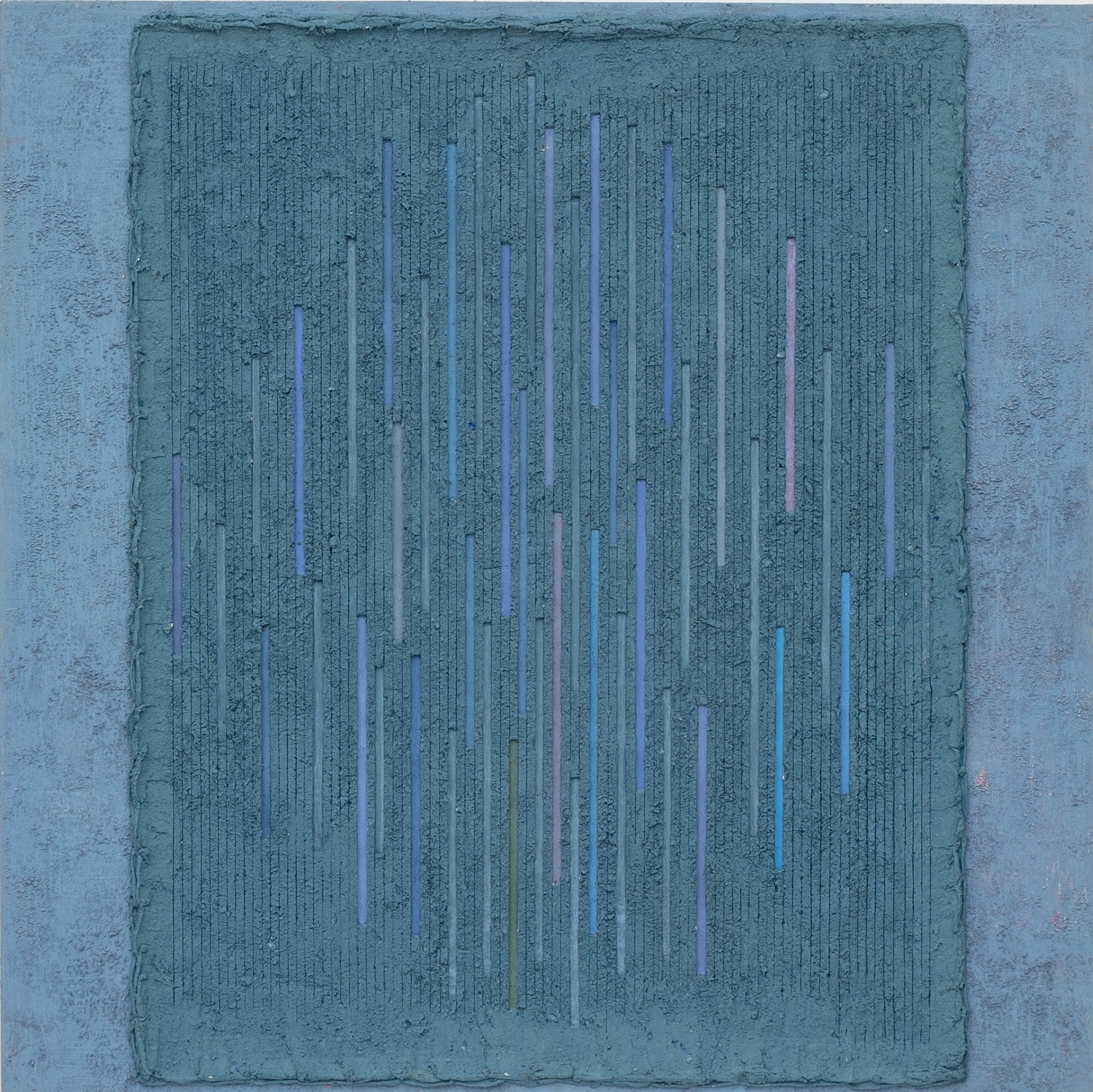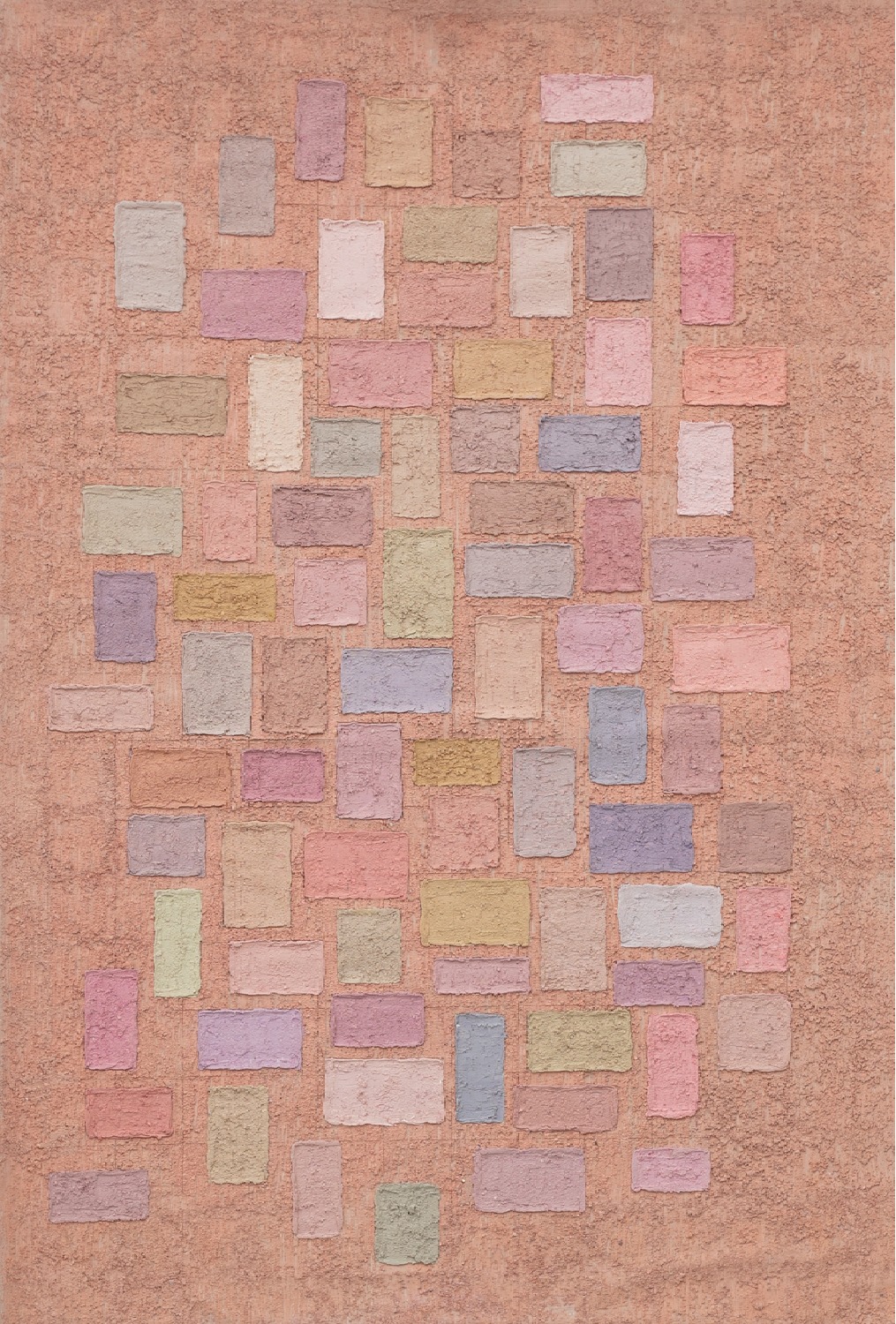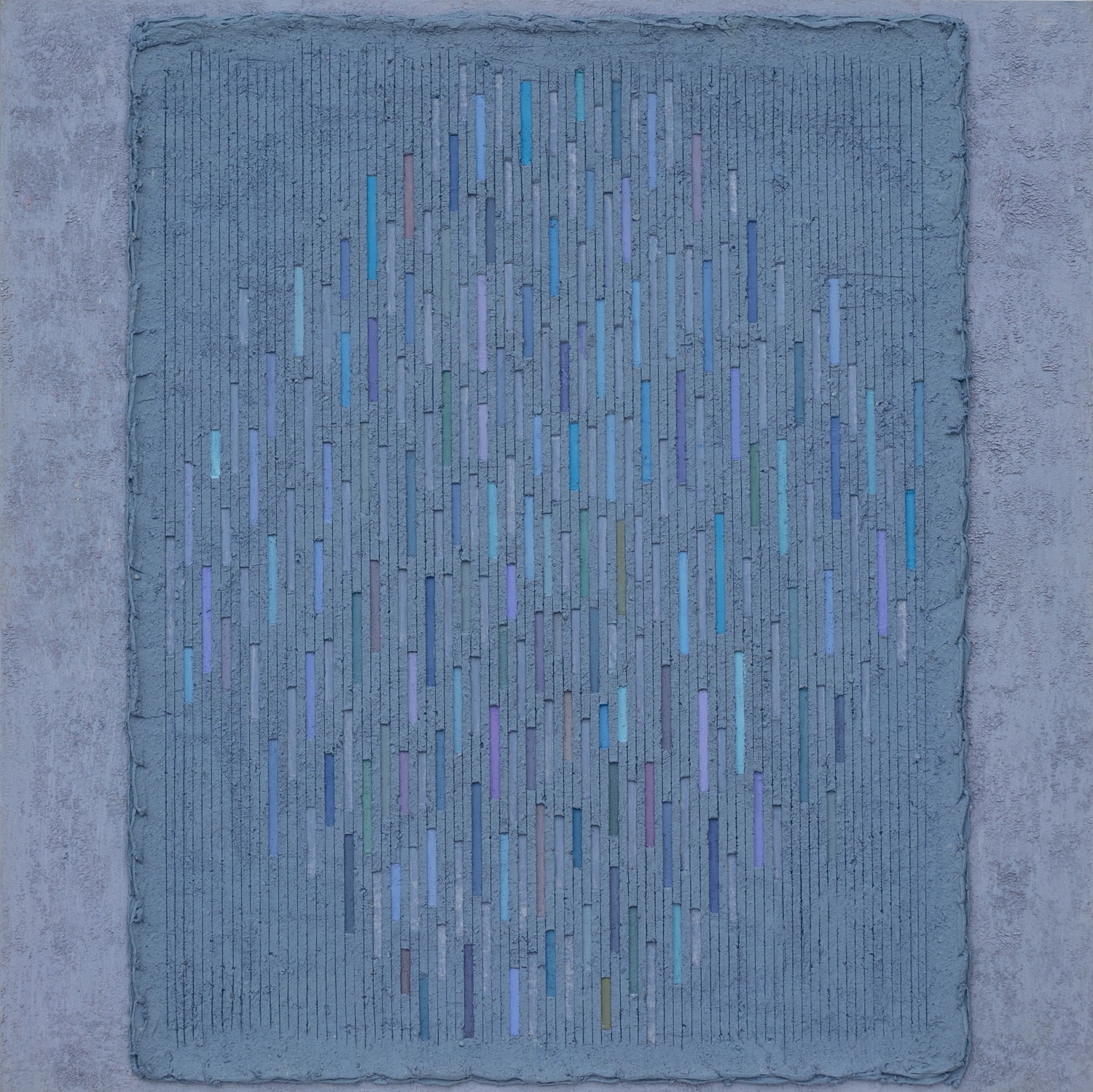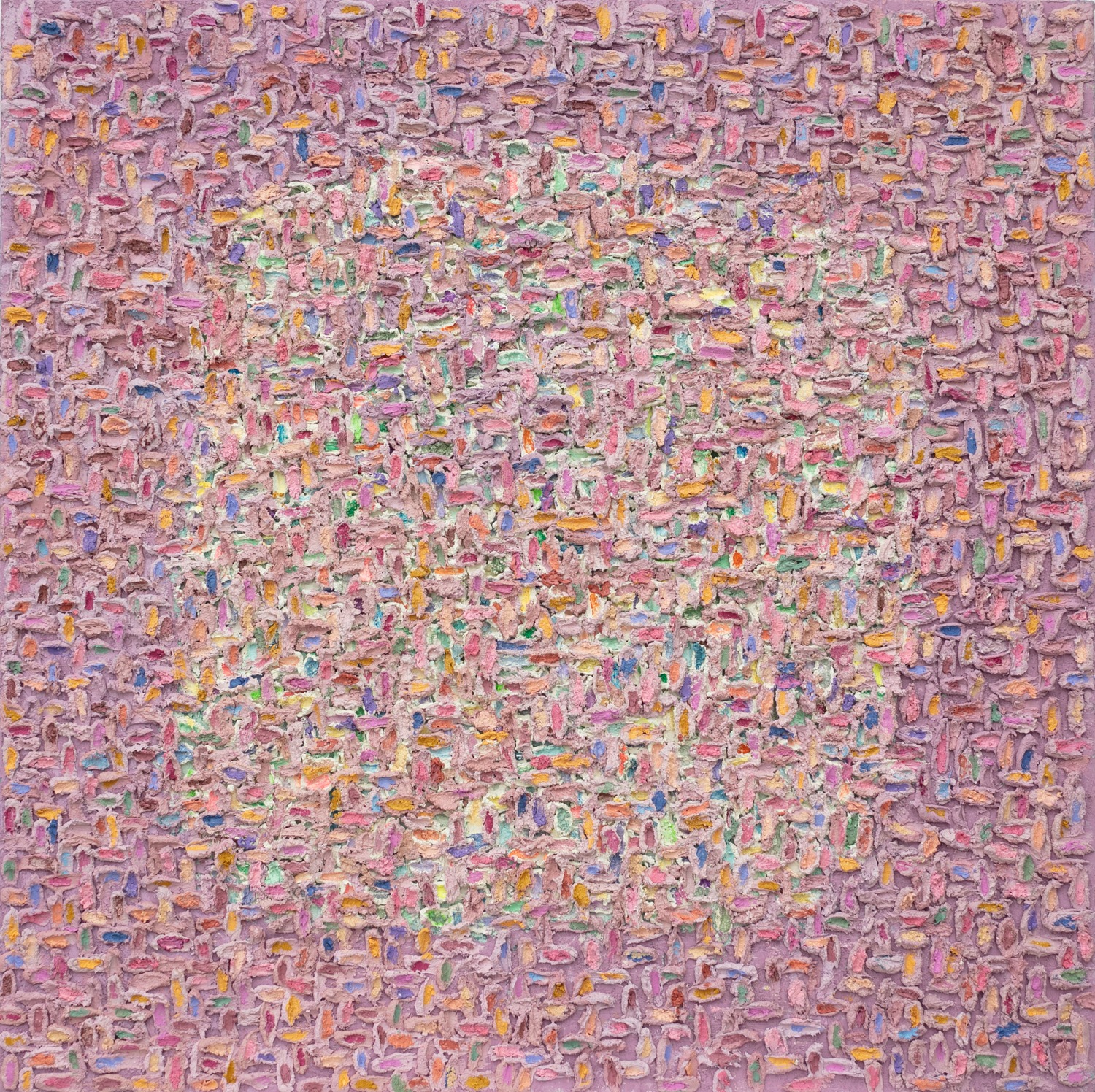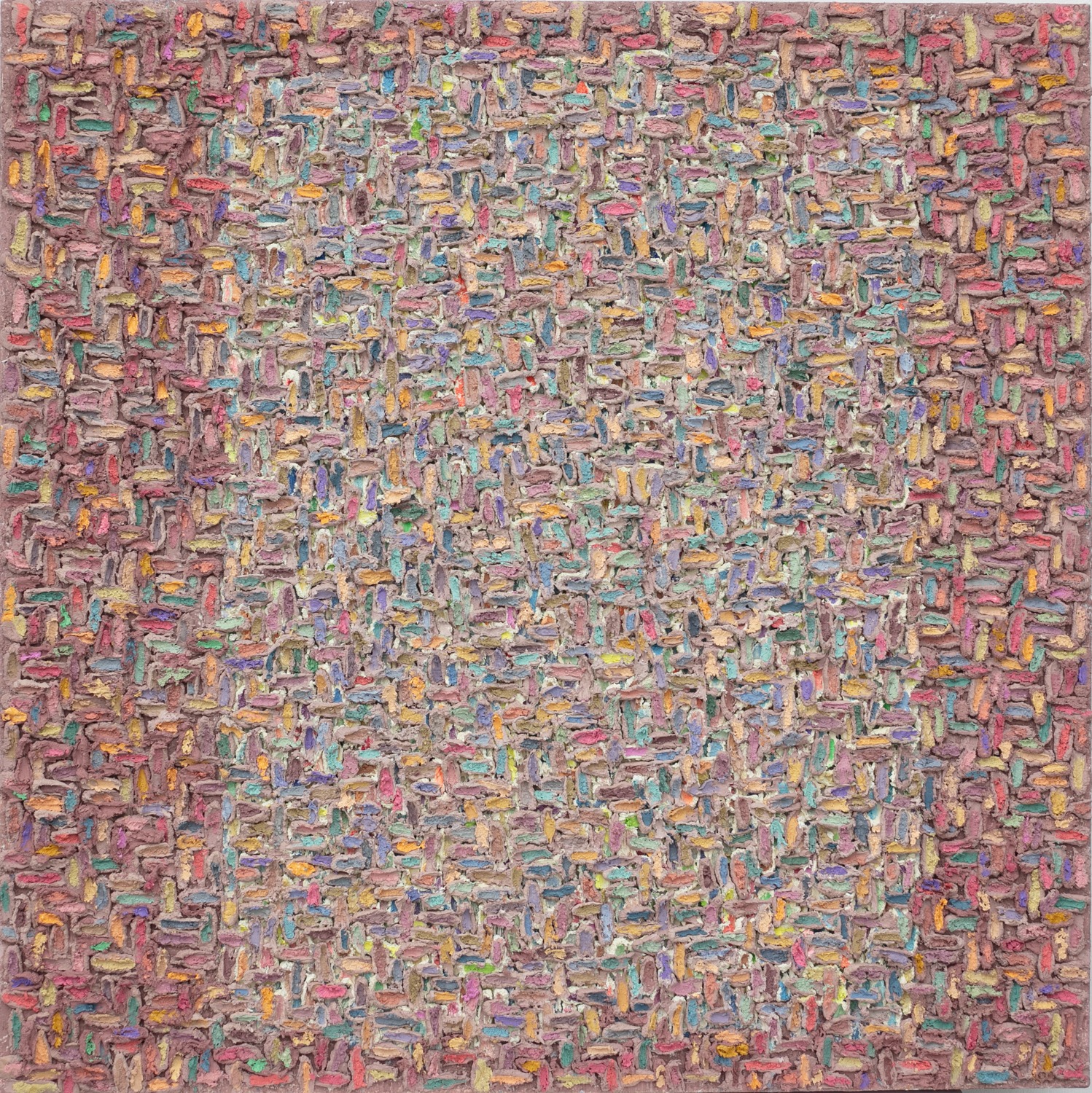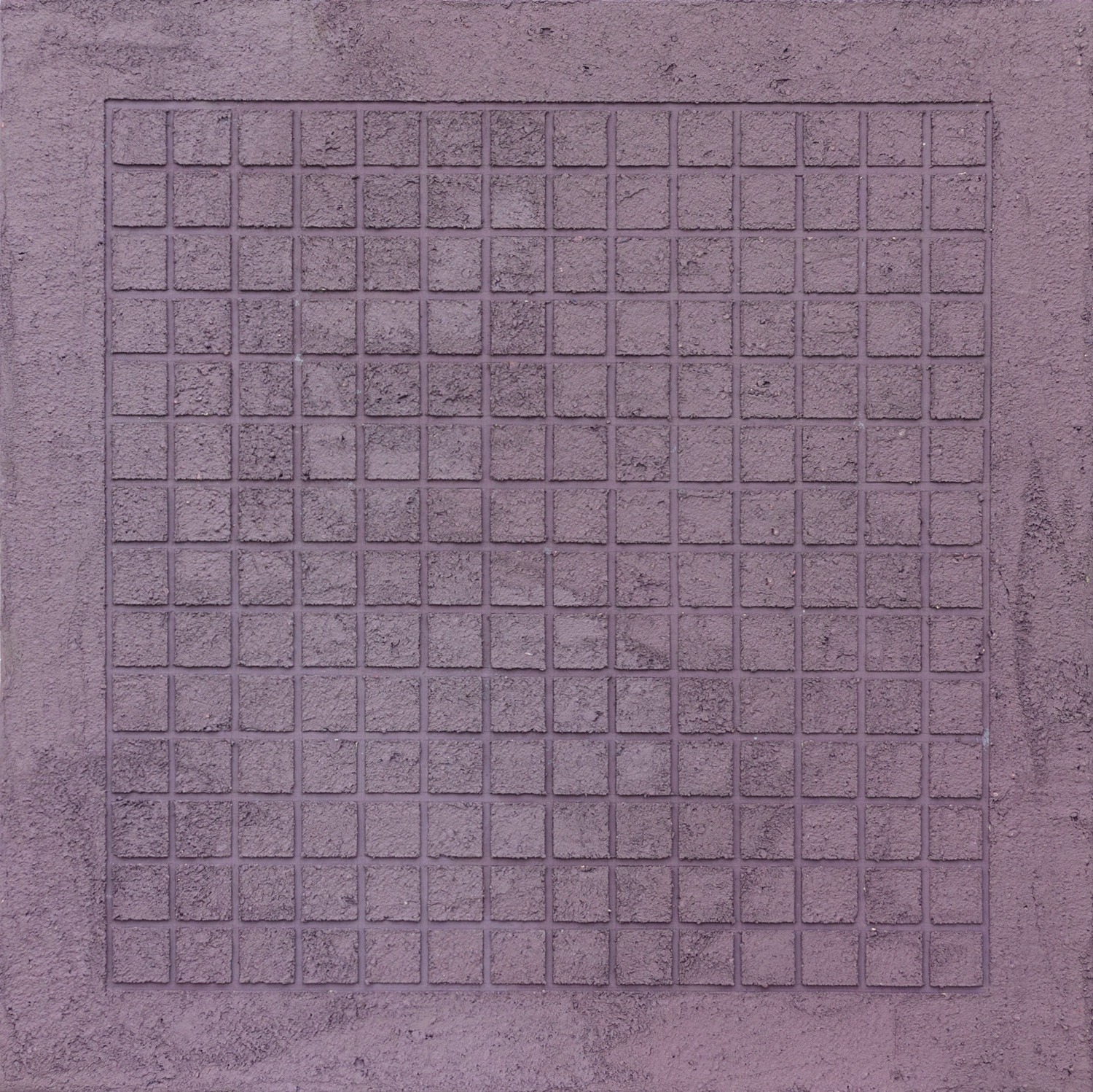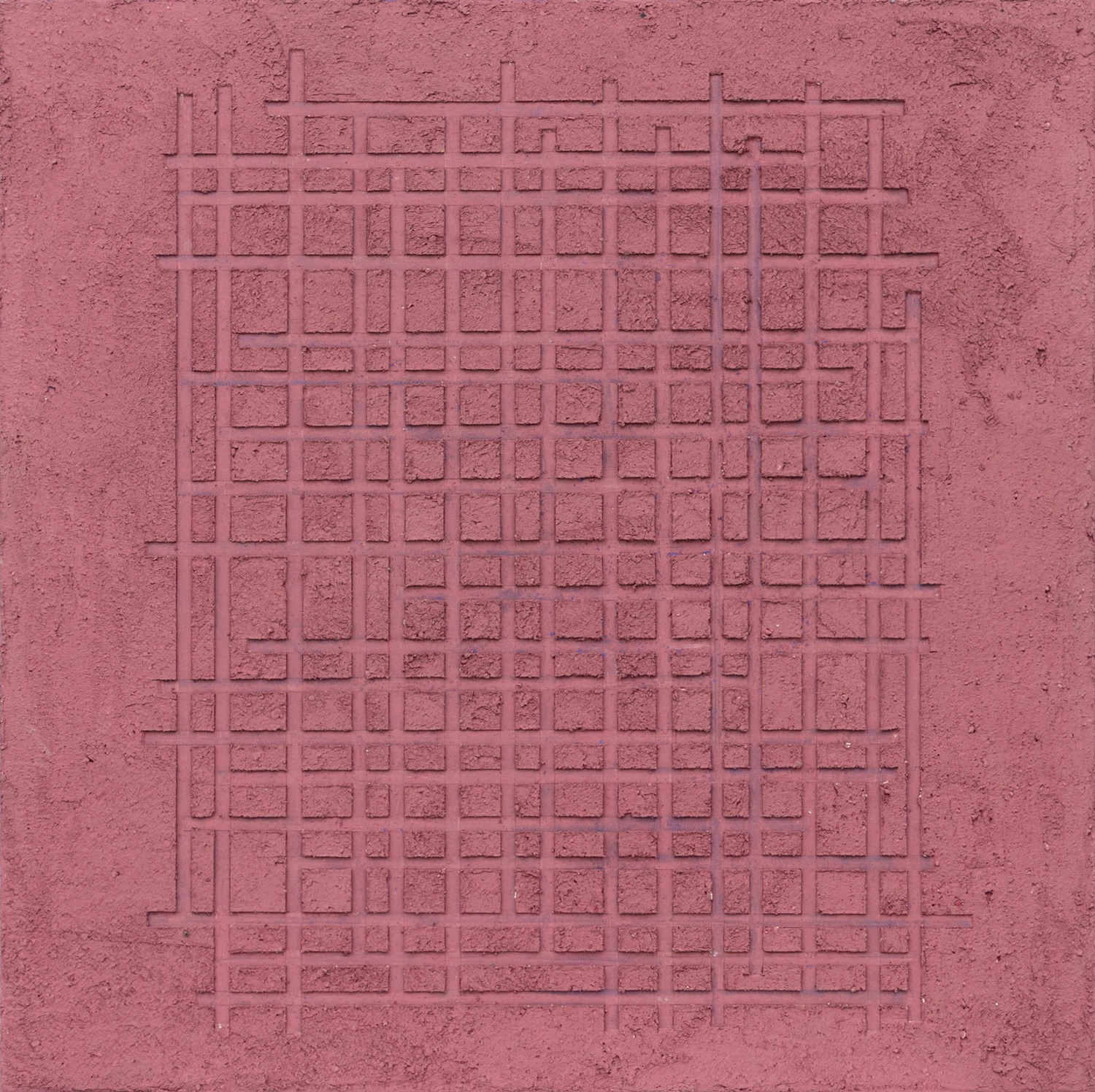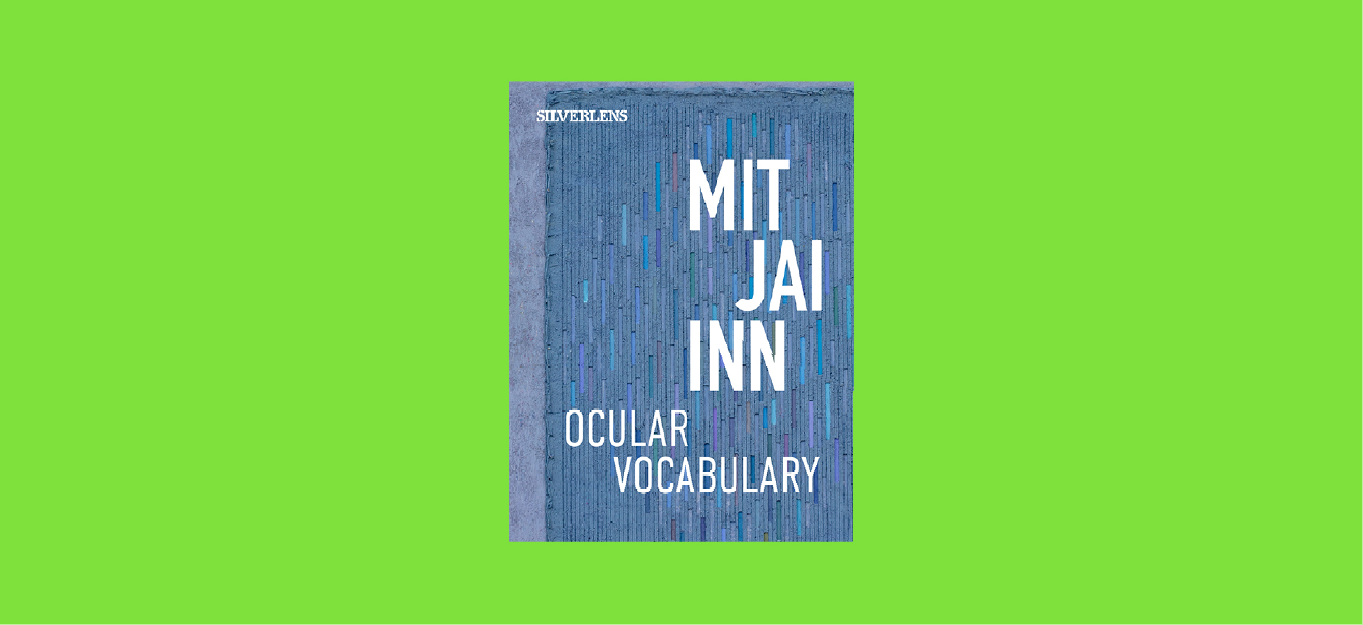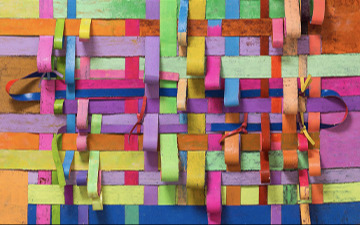
About
A single step on its own may seem insignificant, but it only takes a singular step to propel one to reach their destination. Steps, like individual letters of the alphabet, are meaningless outside of context. Yet by setting one next to another, entire universes of meaning are formed.
A single brushstroke takes on a whole different meaning when layered with more brushstrokes, forming a complete composition. In Ocular Vocabulary, Thai artist Mit Jai Inn acts as a master of his own language. His choices of color, material, scale, and form act as units of meaning in his own visual vocabulary.
In addition to practicing presence in every gesture, Mit aims to develop a feminine visual language influenced by the memory of his mother and his childhood spent in nature. Raindrops from an approaching storm can sometimes go unnoticed until one is soaking wet. Mit captures the feeling of being soaked by the waters of the northern Thai monsoons through his distinct artistic style.
Although Mit's memories and projections are evident, Ocular Vocabulary is also a visual language-game that echoes Wittgenstein's concept of "Sprachspiel," in which meaning is ever malleable and relative. Thus, meaning is generated through collaborative interaction, where meaning emerges within the context of individual experience.
Actants
“Actants” refers to both human and non-human agents as equal participants in an ongoing set of transformations – a metaphor for the artist’s interaction with light, color, labor, and time in relation to metaphysical, political, and social constructs of power and belief. Mit takes it further by adding a sculptural layer that both reveals and conceals things. The stratus of ribbons forms screens that can be lifted or walked through, creating a portal between two worlds. In some cases, screens are woven while in others, they are stapled to a canvas, resulting in multiple layers for the viewer to explore.
Marking Stones
Bai Sema are, in Buddhist praxis, boundary stones that are used to mark the eight cardinal points before the construction of a temple. The ninth stone is place under the earth where the statue of the enlightened one would have been placed. With this series of objects, Mit’s aim is to leave a mark, as if to say “We are here.” This statement is not a personal sentiment; rather, it is meant to announce the presence of “one and all.” It is Mit’s way of adding a layer of sacrality onto the banal and the common.
Book
The body of work in this collection is part of the series "Ephemeris." It suggests the documentation of moments to create a record of ephemeral notions accessible to all through a language derived from humans. The goal is to turn the sacred and the secret into a journal that readers can use as a guide. Asymmetrical pages are smashed or carved out, compiling a dataset of visual representation.
Capsule
Time, as conceived in the rational mind, helps encapsulate the cyclical passing of events. In this series, Mit breaks open these “capsules” by theorizing what would happen if our perception or past, present, and future were merged into one whole identity. Cycles of filling and opening these capsules dictate the rhythmic sequence of the “Now.”
Grid
In “Grid”, the artist subtly references early Russian Constructivism, in which the grid was employed as a means of escaping traditional simulacra. Mit sees a liberatory potential in the grid as an alternative to representational visual language, similar to Russian artists Kazimir Malevich and Alexander Rodchenko—all ground, transcendental, and holistic. Planes are used instead of lines to create more dimensions to be discovered.
Constructing, deconstructing, and reconstructing are part of a cycle in which memory and language play an important role, and it is visible in the order in which these works are presented. Life is like a blank slate without memory, but information is inherently present in the world. The act of remembering is reconstructing and recapturing something that has been lost.
In these works, Mit uses rhythmically repetitive yet varied gestures to record an intimate visual language for everyone to use, keeping a record of what has been learned, forgotten, and remembered.
Mit Jai Inn's (b. 1960, Chiang Mai; lives and works in Chiang Mai, Thailand) paintings come into being in his outdoor Chiang Mai studio, where he gives turns to the vibrating spectrum of sun and moonlight, with nocturnal interludes under white fluorescent. His colour-based, densely layered work defies conventional boundaries of painting, while variously enacting its multiple histories and treatments.
Mit’s practice is, on the one hand, rooted in a rigorous physicality of both manual and optical labour. His studios’ multiple workstations show evidence of crushing and mixing colour of his own making, of plotting, pulling and pushing, overlaying, and scraping pigment. Canvases, often treated on both sides, stretch across floors, drape from tables and hang from metal beams. In place of brushes, mark makers are palette knives, hands, and fingers.
While this corporeality of colour is embedded and perceptible in Mit’s painted forms, it is also his way of actively channelling, resisting, or responding to particular aesthetic, social and political histories. These can include divisions between so-called ‘Western’ and ‘Eastern’ canonical painting to shifting political states in Thailand. Within each new body of work are offerings inspired by and made for the nations, spaces, hosts and publics of his often site-specific work. This accounts for evolutions in colour, scale, and topographical variation, from sombre amorphous blotches, bright grids, crafted pastel stripes, all-over dots in neon, and more.
First studying at Silpakorn University, Bangkok, Mit moved to Vienna’s Academy of Arts from 1986-1992 while working as an assistant to the artist Franz West. During these years in Vienna and Berlin, Mit began a vocabulary of serial forms with relational intentions, seeking to counter aspects of formal painting and its market and exhibitionary frameworks of that time. His paintings were unstretched and unframed, brightly colored, mostly two-sided, touchable works that populated galleries but also public spaces, taxis, private apartments, and which he often used as a trading currency.
An early series, Free Flyers, was created as giveaways, with reference to the popular pre-internet free information sharing system. Wall Works became a series of one or two-sided color fields on canvas that are variably installed, sometimes acting as optical screens or partitions, other times as carpets that can be walked on. Sticks first appeared as pink ladders in Vienna apartments, as animal feeders planted in the earth at an early edition of Chiang Mai Social Installation, then as obsessively painted wand-like works in a Bangkok gallery. The small, intimate two-sided panels of bright partitioned color in the series Dream Works are carefully slit, allowing air and energy to pass through their gaps, flaps, and openings. The same is true of the series Patch Works, yet in closer reference to ideas of modularity in family and societal structures. Scrolls was first developed in 2002 and extended Mit’s interest in communal ritual forms, such as rolled iconographic or ceremonial painting, which are intended to gather publics, to be an invitation, an opening. More recent forms, Tables and Pools, plot mounds of pigment fresh with linseed oil, facilitating performativity of the medium itself.
Since returning to Thailand in 1992, Mit has been involved in socially and politically engaged art initiatives. He was a co-founder of Chiang Mai Social Installation (1992 -), and was involved in the Midnight University and The Land Foundation - three non- institutional initiatives central to Thai art practice and discourse. In 2015, Mit founded Cartel Artspace in Bangkok, a gallery that gives free space to artists reflecting on the country and region's political history and current context. In 2017, he co-initiated the independent Bangkok Biennale.
Mit Jai Inn was born in 1960 in Chiang Mai, Thailand. His recent exhibitions include: Dreamday, Jim Thompson Art Center, Bangkok (2022); Dreamworld, Ikon Gallery, Birmingham (2021); Actants, Silverlens, Manila (2019); Encounters, Art Basel Hong Kong (2019); SUNSHOWER: Contemporary Art in Southeast Asia from 1980s to Today, Kaohsiung Museum of Fine Arts, Taiwan (2019) and Mori Art Museum, Tokyo (2018); and SUPERPOSITION: Equilibrium and Engagement, The 21st Biennale of Sydney (2018).
Installation Views
Actants
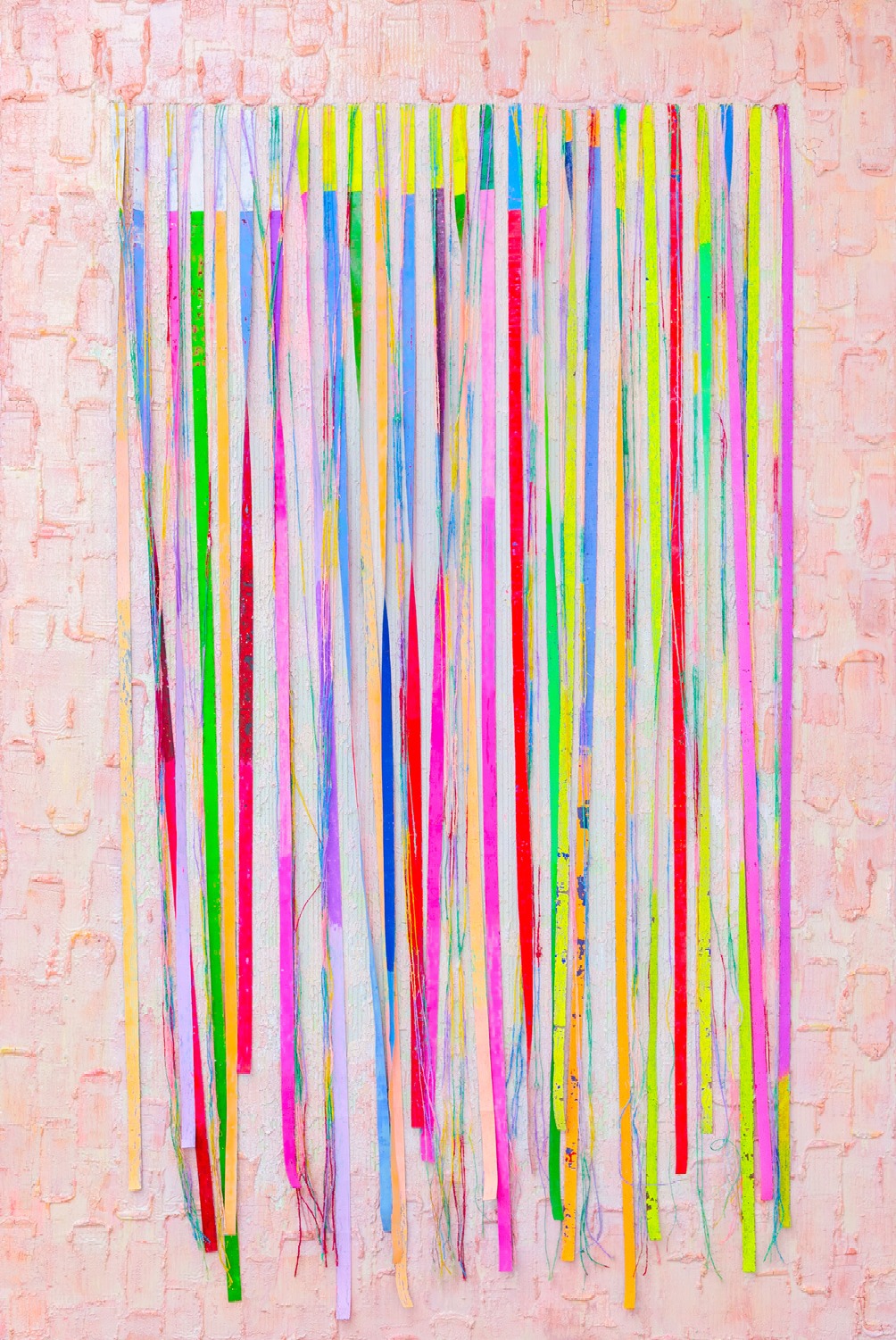
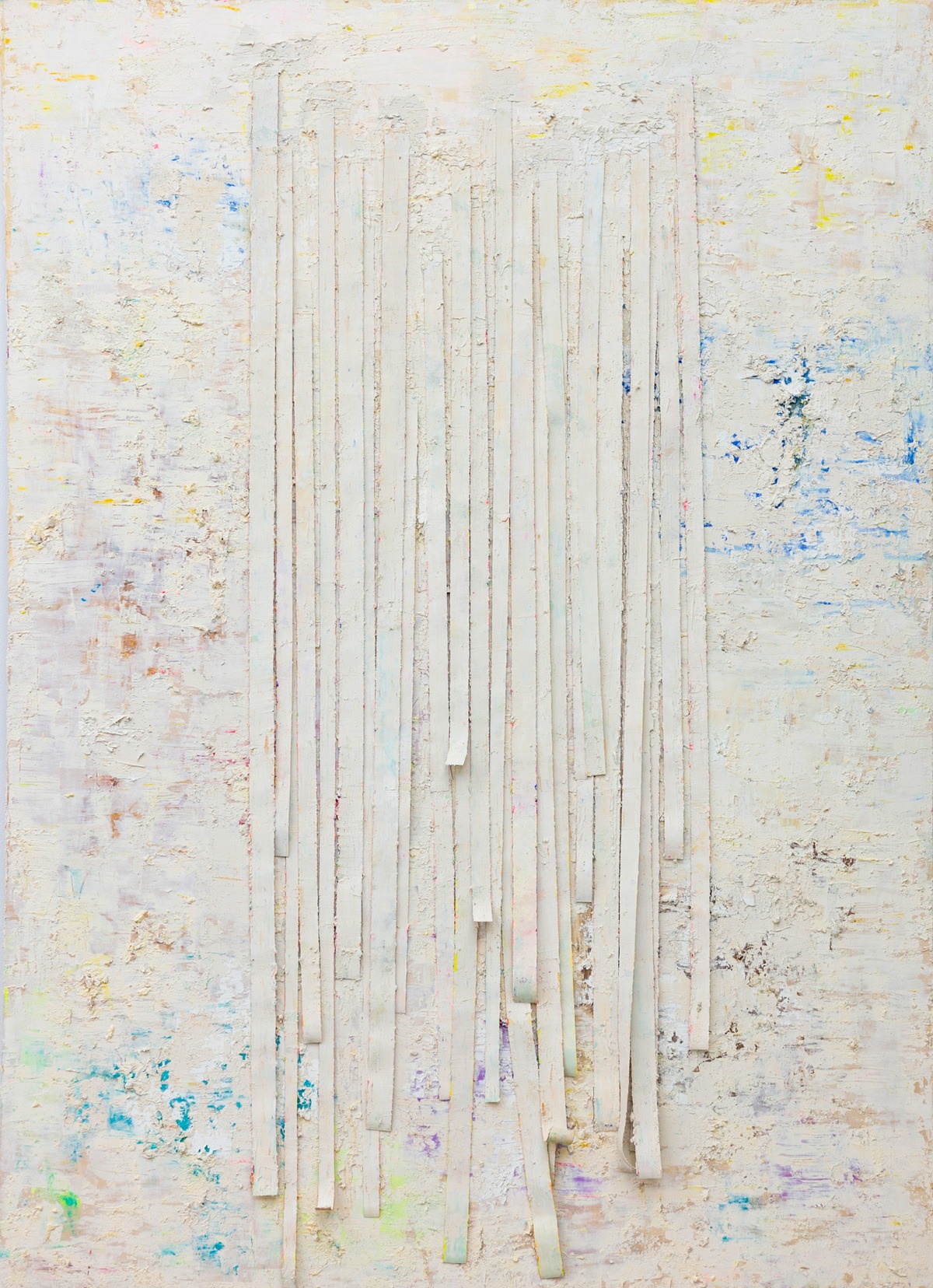
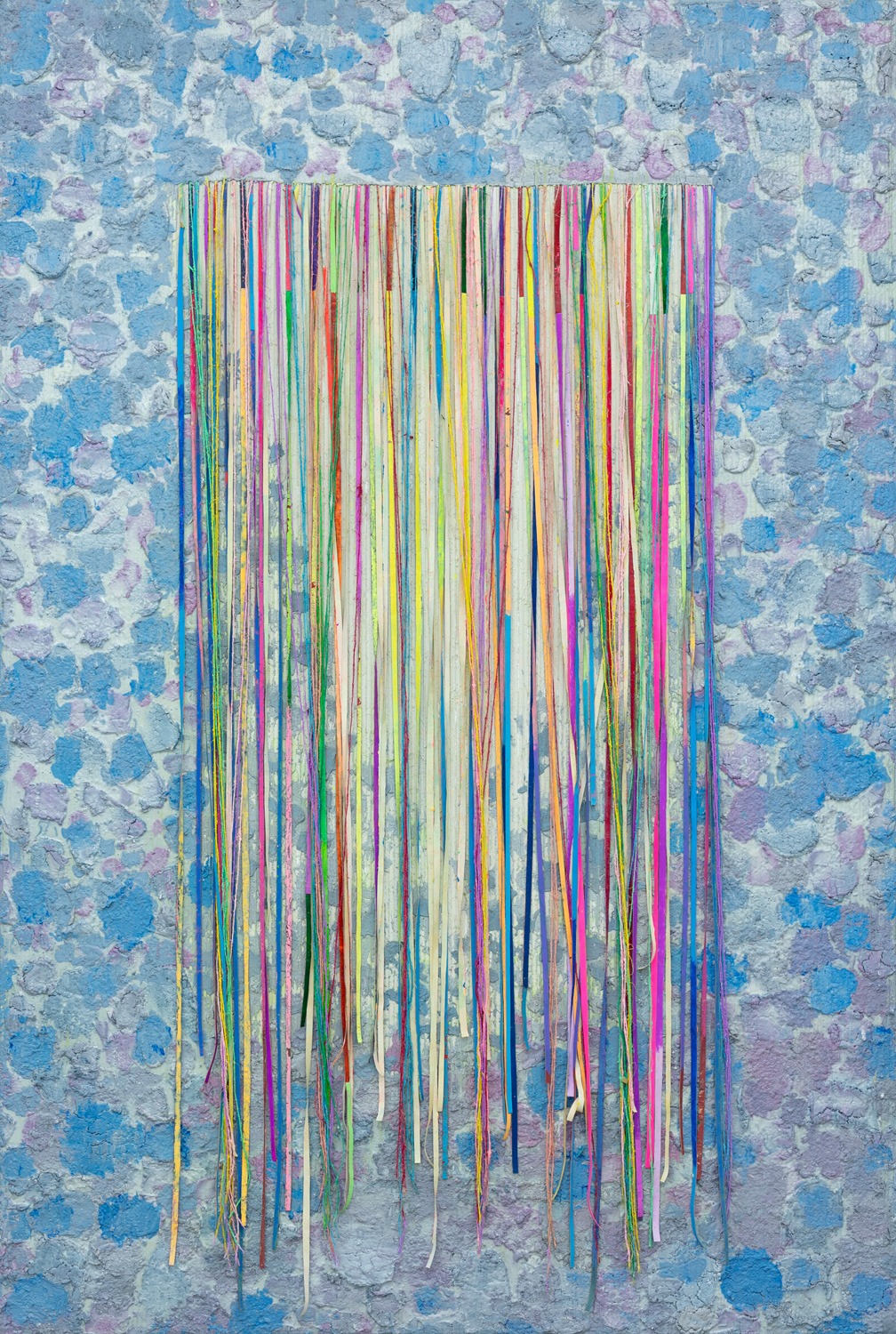
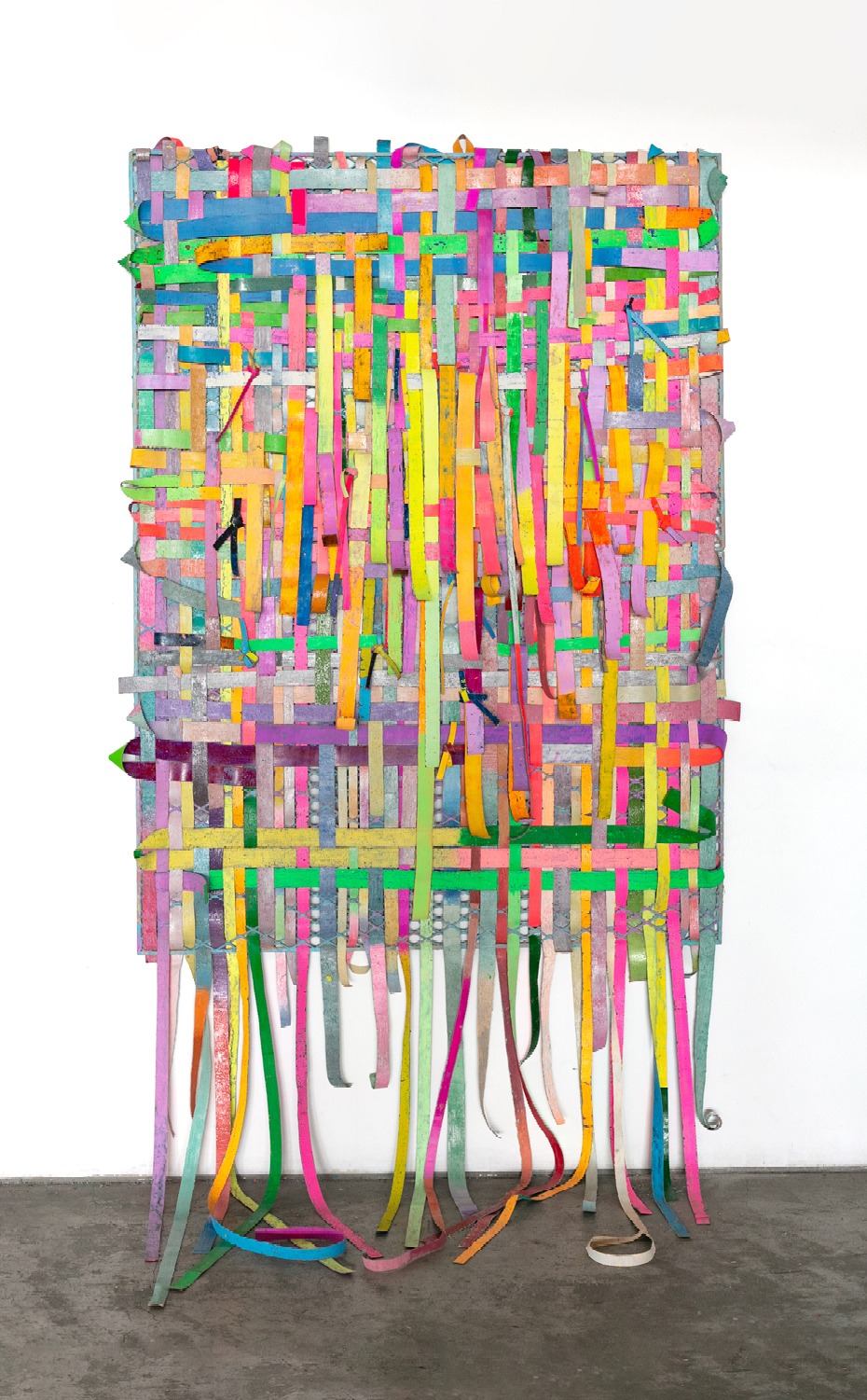
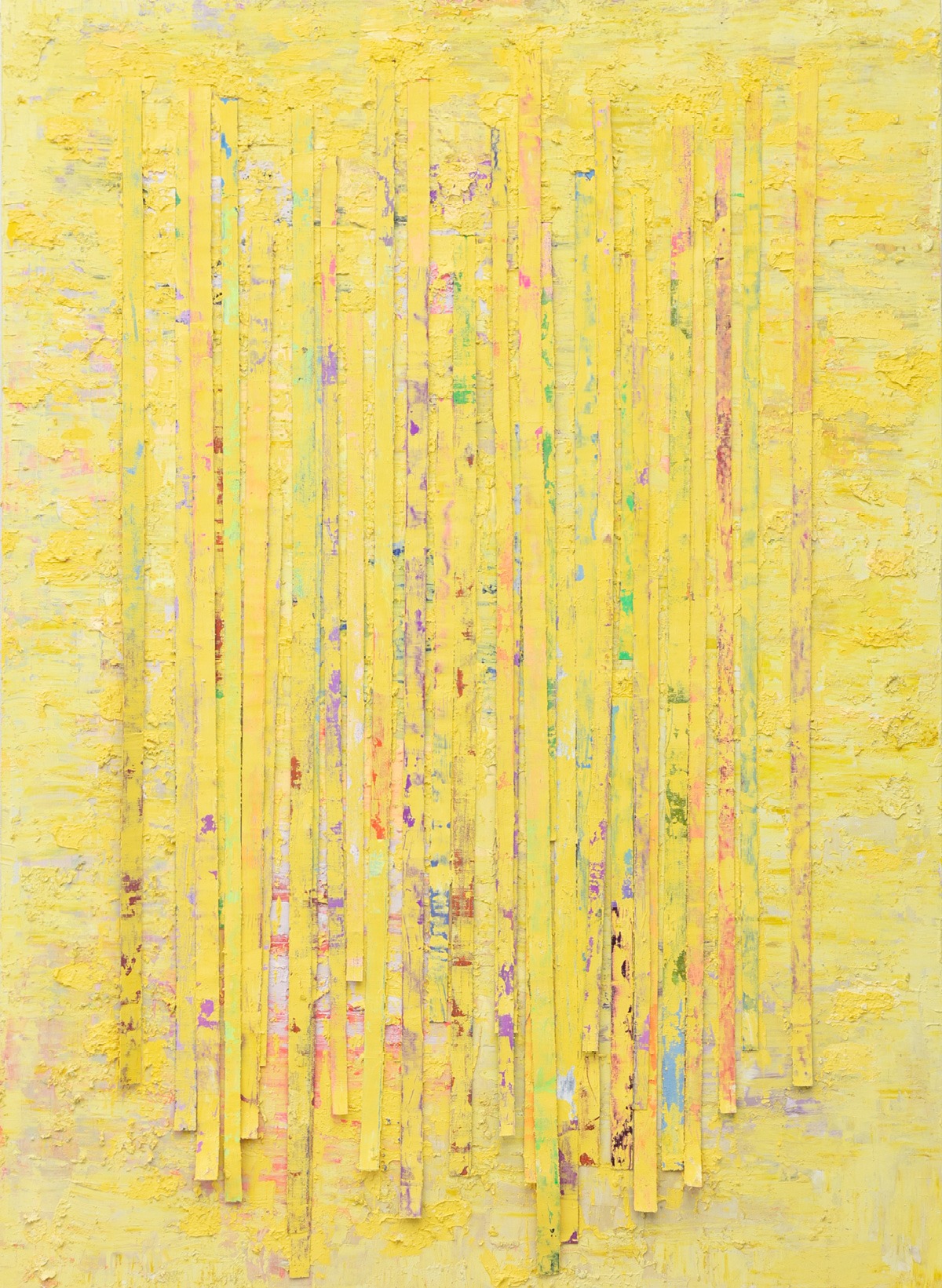
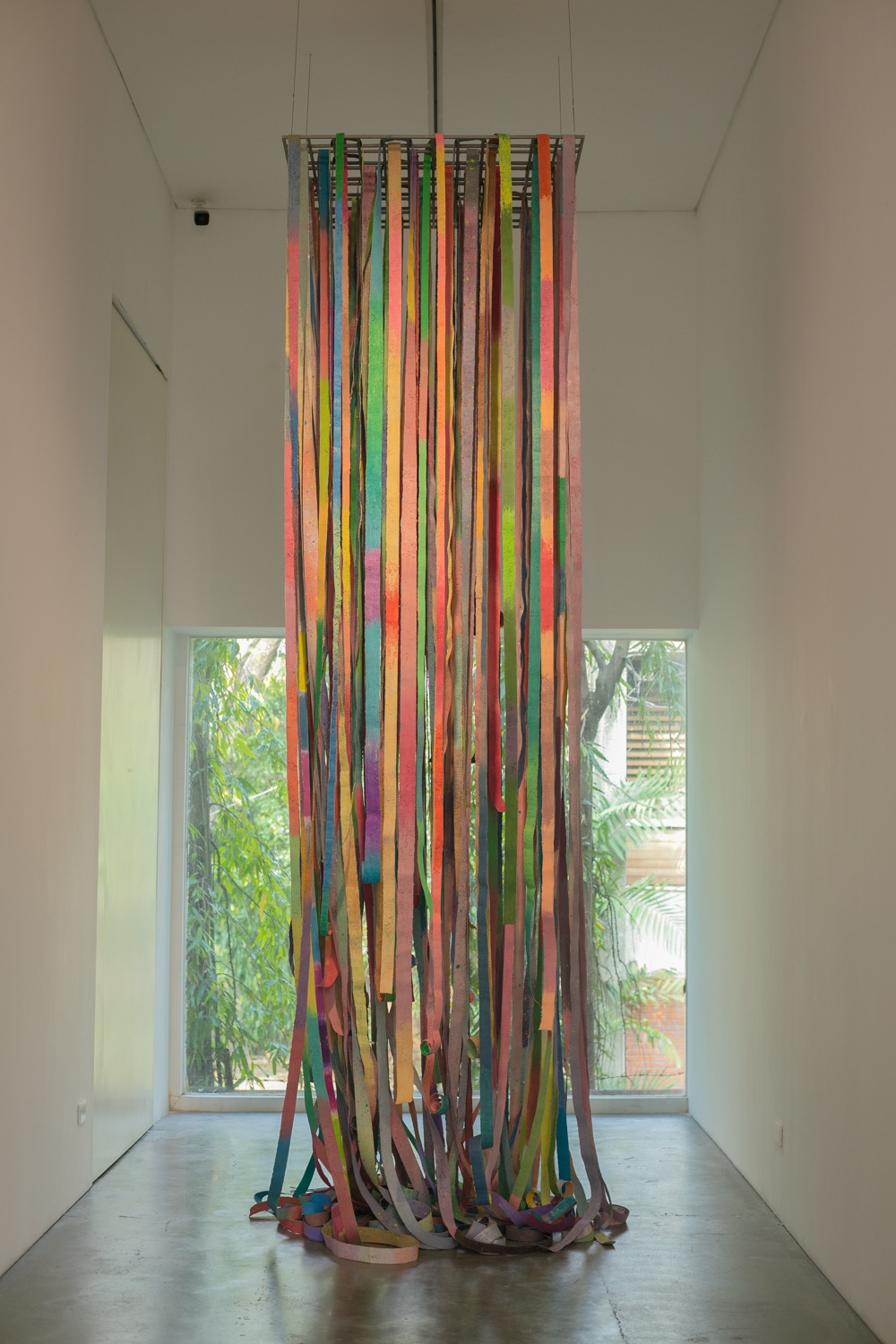
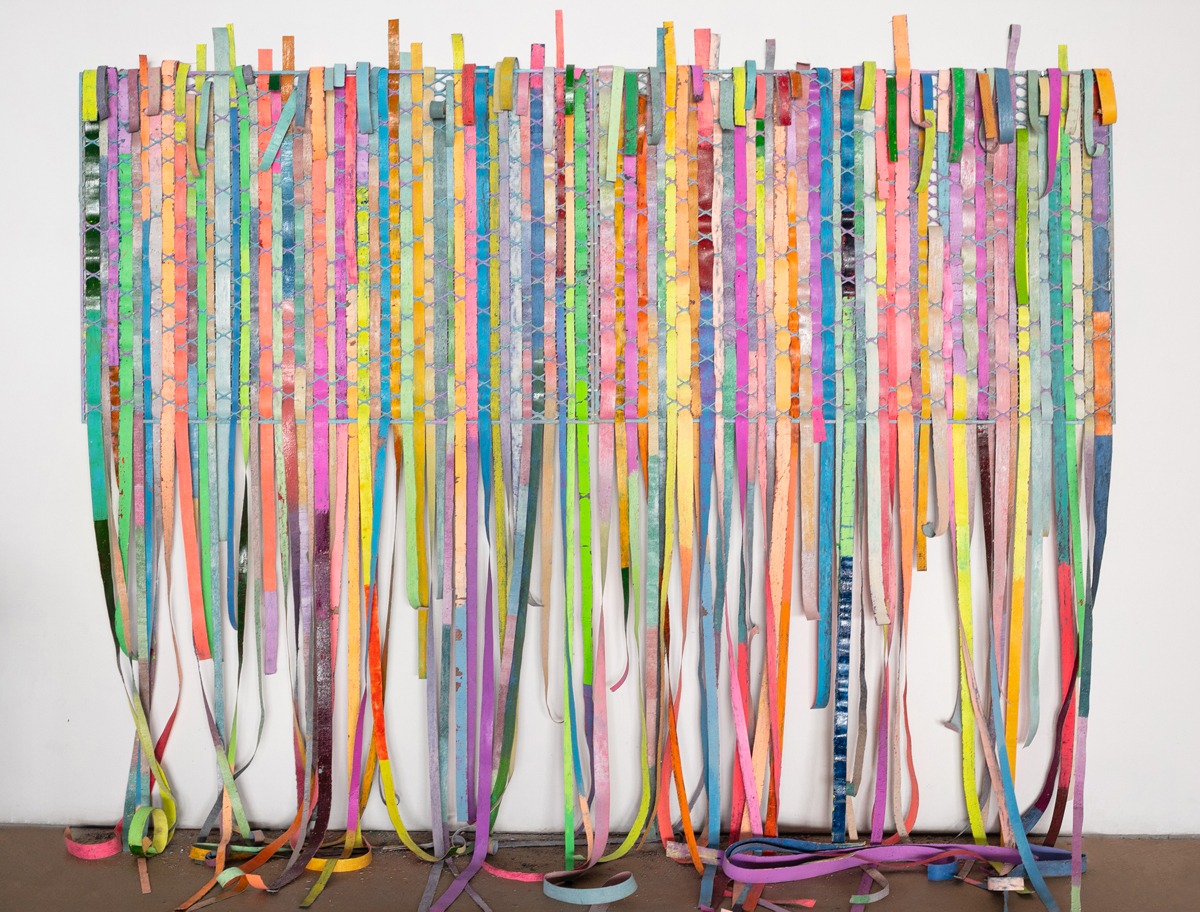
Marking Stones
Book
